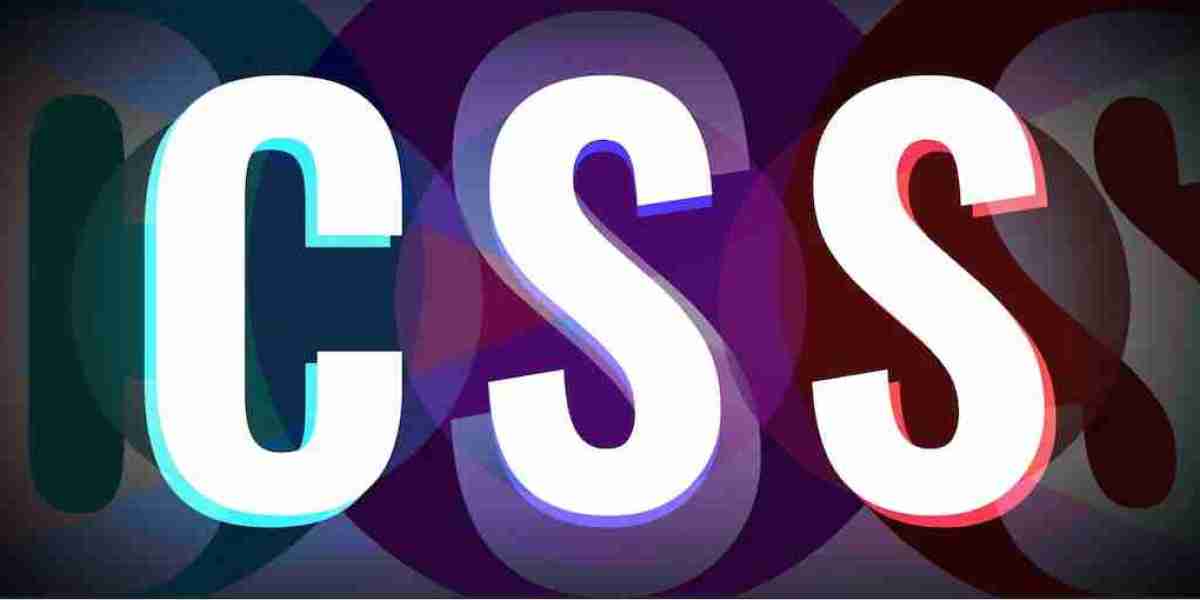The names of this year's Nobel laureates in five subjects will be announced during the first week of October. Everyone is more or less curious about who will receive this most prestigious award in the history of the world. The entire Nobel Prize process is shrouded in the utmost secrecy. One has to wait for many years to know which scientist has been selected. Yet the curiosity does not stop. In this article, I will try to guess who could possibly win this year's Nobel Prize in Physics.
Yakir Aharonov
Important works in physics that have not yet won a Nobel are considered potential winners almost every time. So almost everyone from last year's list will be there this time too. Other important prizes in physics, such as the Wolf Prize, Breakthrough Prize, Dirac Medal, Newton Medal, etc. are also good predictors of future Nobel laureates.
For example, 14 of the 26 Wolff Prize winners awarded between 1978 and 2010 went on to receive Nobel Prizes. Again, research paper citations, H-index, etc. are another good way to understand which research is important. However, many years have seen, out of discussion, some old important discovery has been awarded the Nobel.
Another interesting trend has been observed over the last two decades. Every two years the prize has been awarded, once in the universe (astronomy/particle physics) and the other time in light and matter (light-matter). Going beyond this trend, many years later, in 2021, the Nobel Prize in Statistical Physics was awarded. In 2022 and 2023, the Nobel Prize has been awarded again on quantum mechanics and optics respectively.
I think the Nobel Prize will be awarded in the Light-Matter category again, because almost all major achievements in the universe have been won by Nobel Prize winners or scientists who are no longer alive (such as Vera Rubin).
Quantum Computing: Charles H. Bennett, Gilles Brassa, Peter Schor, David Deutsch, Ignacio Sirac, Peter Zoller
Quantum computers are going to be the most important technological inventions of the past decade and decades to come. American scientist Charles Bennett and Canadian scientist Jill Brassa jointly discovered the BB84 (BB84) protocol of quantum cryptography. Both received the Wolf Prize in 2018. In 2017, Bennett received the Dirac Medal, in which he was accompanied by American mathematician Peter Shor and British physicist David Deutsch.
Peter Shor is famous for his Shor Algorithm, which allows quantum computers to break cryptography many times faster than ordinary computers. David Deutsch worked on quantum Turing machines and Bell inequality. These four together received the 2023 Fundamental Physics Breakthrough Prize. Two or three of these four may be seen receiving the Nobel Prize together (a maximum of three Nobel Prizes are shared).
Apart from them, when thinking about the practical aspects of quantum computing, the Spanish scientist Ignacio Sirac and the Austrian theoretical physicist Peter Zoller can be considered jointly. They jointly played an important role in the theory and experiment of making quantum computers and simulators using ion, cold atom systems. The two jointly received the Wolf Prize in 2013. In addition, Zola also received the Dirac Medal.
Quantum Mechanics: Yakir Aharonov, Michael Berry
Two fundamental concepts of quantum mechanics are Aharonov-Bohm effect and Berry phase. If both electric and magnetic fields are zero, then classical physics says that there will be no effect on the charged particles. But quantum mechanics says, if the electromagnetic potential or electromagnetic field is not zero, then the effect on the particle will be seen through the coupling of the wave function of the charged particle with that potential—and the experiment proves it.
A more fundamental issue related to this experiment is the geometric phase. Although there were papers on this topic in the 1950s (Pancharathnam, Longuet-Higgins), Michael Berry gave this concept a general mathematical form in 1984 and it became known as the Berry phase. The rest associated with these two discoveries have died. Aharonov and Berry also received the Wolf Prize together in 1998 and have been among the favorites for the Nobel Prize for many years. The proof of Bell's inequality, which did not receive a Nobel Prize for many years, was finally recognized in 2022. So there is hope for Aharonov and Berry this year.
Twisted Bilayer Graphene: Rafi Bistrizer, Alan Macdonald, Pablo Jarrio-Herrero
One of the most amazing inventions of the 21st century is graphene. In 2004, Andre Geim and Konstantin Novoselov were able to easily separate a single layer of graphene for the first time, earning them the 2010 Nobel Prize. Since then, there has been a wave of research on graphene all over the world. In 2011, Alan Macdonald and Raffi Bistrizer showed through a theoretical model that if two layers of graphene are placed at a particular angle (about 1 degree) rather than exactly one on top of the other, the energy required for electrons to tunnel between the two layers changes very rapidly.
In 2018, Pablo Zario-Herrero provided experimental evidence for this prediction. He showed that at 1.1 degrees electrons can easily move between the two levels and exhibit superconductivity. These three also received the Wolf Prize in 2020. In 2024, the Clarivate Institute has listed them as favorites for the Nobel Prize based on citations.


















































